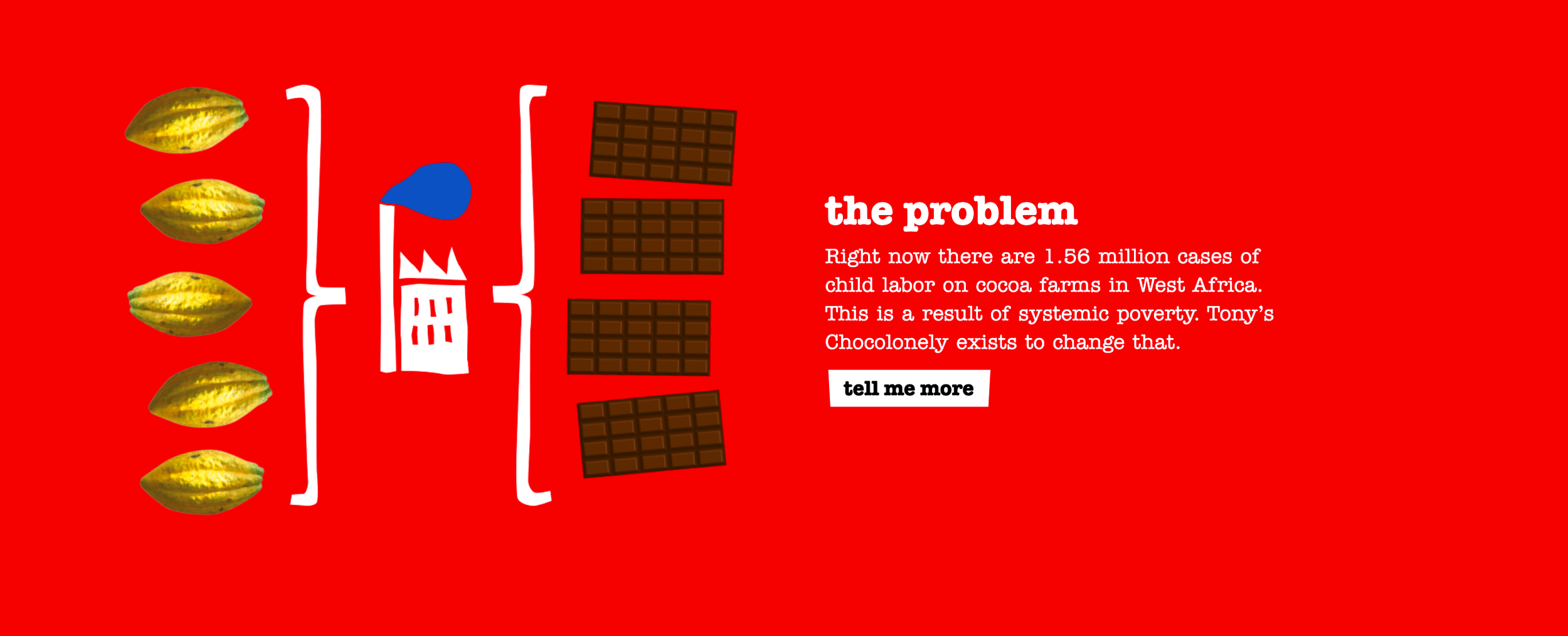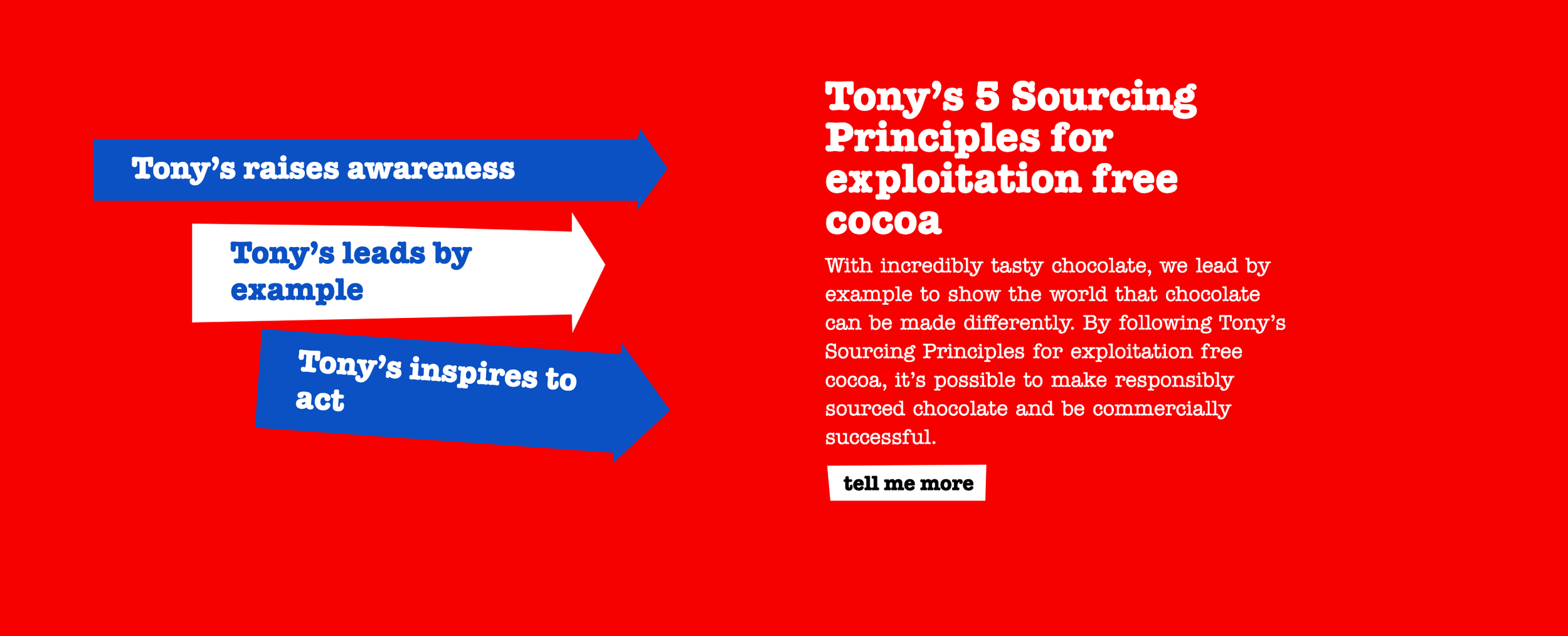How to Craft a Compelling Brand Story
We’re Hardwired for Stories: Why Your Brand Needs One
Humans are natural-born storytellers. From the epic tales of ancient civilizations to today’s binge-worthy TV shows, Olympic comeback sagas, and underdog sports triumphs, our brains are captivated by stories. They’re what we remember, what we connect with, and what we seek out for entertainment, inspiration, and even comfort. When you step into the business world, you're faced with countless ways to stand out—but one of the most powerful tools at your disposal is your story.
Yet, many brands struggle to know where to begin. They get caught up in explaining their products or listing features, but here’s the truth: people don’t remember products, they remember stories. They remember your “why,” the narrative that gives your brand meaning and makes it memorable.
Crafting a Purposeful Narrative: The Tony’s Chocolonely Approach
I’m a big fan of chocolate. One of my favorite chocolate brand is Tony’s Chocolonely. Not on is this chocolate delicious, it’s also a powerful example of how a brand can use storytelling to make a lasting impact. The company’s story begins with a significant problem: the exploitation of cocoa farmers in West Africa, where 1.56 million children are involved in child labor. Tony’s Chocolonely was created to change this, driven by a mission to make all chocolate 100% exploitation-free.
Tony’s story isn’t just about selling chocolate; it’s about challenging an industry. They’ve developed a clear narrative centered on their “why”—ending exploitation in cocoa production. Through their 5 Sourcing Principles, they demonstrate how chocolate can be made responsibly while still achieving commercial success. Their roadmap and impact reports show the tangible progress they’re making, from the number of farmers they work with to the traceable cocoa beans they source directly.
The key to Tony’s compelling brand story is its transparency and the active involvement of its audience. They invite customers to be part of the solution, whether by enjoying their chocolate, understanding the impact of their purchases, or joining their mission through petitions and other initiatives.
Tony’s Chocolonely illustrates how a brand can move beyond just products to create a narrative that resonates on a deeper level. Their story is a call to action, inviting everyone to join in making the world of chocolate a fairer place.
Your brand can tell a compelling brand story like Tony’s Chocolonely has. It requires a combination of creativity, authenticity, and strategy first. In this blog post, we'll take you through the key steps to develop a brand story that resonates with your audience and drives your business forward.
Start with your why
The foundation of any compelling brand story is your “why”—the reason you exist beyond just making a profit. What drives you? What problems are you passionate about solving? The origins of your brand are more than just a timeline; they’re the heart of your narrative.
Your why is the foundation of your brand story. It connects you with your audience on an emotional level, inspiring them to believe in what you do. You also can set yourself apart from competitors because of your why. When you know your why, you can communicate it in a way that inspires your audience to take action.
Identify your audience
Your brand story should be crafted with your target audience in mind. Who are the people you are trying to reach? What are their needs, wants, and pain points? How can your brand help them?
To create a compelling brand story, you need to understand your audience on a deep level. This will help you tailor your messaging and positioning to resonate with them and make a lasting impact.
To start, get to know your ideal buyers. Create buyer personas to see what your customer’s pain points are. To help, download our free buyer persona workbook here to get started learning about your target audience.
Choose your narrative structure
There’s no one-size-fits-all approach to telling your brand’s story. Some brands prefer a linear narrative, tracing their journey from inception to today. Others might highlight customer experiences, showing how their brand has made a tangible difference in people’s lives.
Whichever narrative structure you choose, it's important to make sure it aligns with your brand's purpose and resonates with your audience. Your narrative should be authentic, memorable, and emotionally engaging.
Highlight your unique value proposition
Your brand story should clearly articulate what sets you apart from your competitors. This is your unique value proposition (UVP). Your UVP should be clear, concise, and easy to understand.
Think about what your brand does better than anyone else. What is your secret sauce? How do you deliver value to your customers? Your UVP should be a core part of your brand story, as it helps differentiate you in a crowded marketplace.
Need help with your UVP? Here are a few equations for you to use to help:
Our [insert solution] helps [insert industry/customers segments] who want [insert customer gain/solution] by [verb, reducing, avoiding] [insert a customer pain} and [verb with ing such as: increasing, enabling] [insert a customer gain].
For [market segment], our brand is the [product category] that [customer benefits] by [points of differentiation].
We help [identify your ideal prospects] that [need help with the pressing problem you address] succeed by [outcomes/results you deliver]. Unlike [alternatives], [your solution] [describe main benefit/why your solution is best choice] as demonstrated by [evidence you'll deliver on promise].
Incorporate visual elements
Words are powerful, but visuals are equally important in storytelling. A great brand story is not just about the words you use, but also the visual elements you incorporate.
Your logo, color scheme, typography, and imagery all play a role in reinforcing your brand narrative. Consistent visual branding helps tell your story in a way that resonates emotionally with your audience.
This could include your logo, color scheme, typography, and imagery. Your visual branding should reflect your brand's personality and connect with your audience on an emotional level.
Use storytelling techniques
To make your brand story more compelling, use storytelling techniques that make your narrative more engaging and memorable. This could include:
Using anecdotes and personal stories to illustrate key points
Creating a hero's journey that takes your audience on a transformational journey
Using metaphors and analogies to explain complex concepts
Creating a sense of suspense or anticipation to keep your audience engaged
Using humor to lighten the mood and connect with your audience on a personal level
Test and refine
Crafting a compelling brand story is an iterative process. Once you have developed your brand story, test it with your audience to see how it resonates. Get feedback from your customers, your employees, and your stakeholders. Use this feedback to refine your brand story and make it even more compelling
Conclusion
In a world where attention is fleeting and competition is fierce, your brand story is your superpower. It’s not just a marketing tool—it’s the essence of what makes your brand unique and memorable. By grounding your story in your “why,” understanding your audience, and using the right narrative structure, you can create a brand story that resonates deeply with your customers.
Remember, your story is more than just words; it’s a living, breathing part of your brand. Incorporate visuals, engage with storytelling techniques, and never stop refining your narrative. As your brand evolves, so too should your story, ensuring it always reflects who you are and why you matter.
So go ahead—tell your story with confidence. Because when people remember your story, they remember you. And that’s what makes all the difference.
Your Brand’s Story Matters.
Need help creating your brand story? To help, we have a brand planning worksheet to help you define your mission, vision, and values, then write messaging. Download the free workbook by clicking the button below.
Whether you’re starting from scratch or refining your message, we’re here to help. Contact Us for help creating your brand story.




